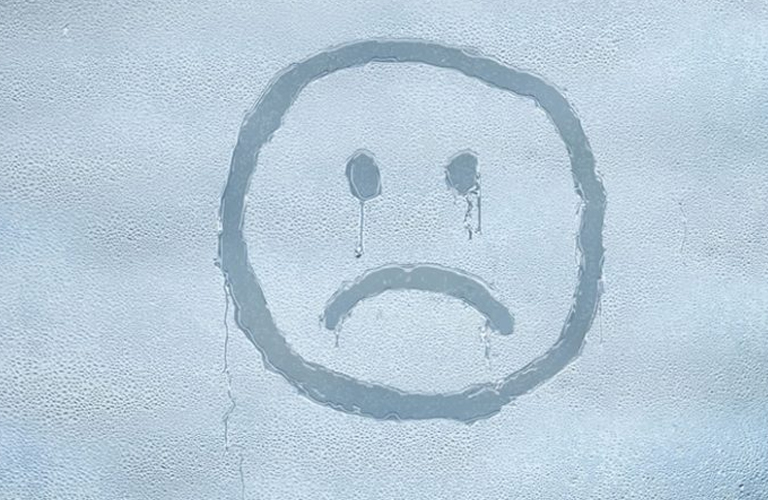



Condensation is not just a nuisance, if ignored it can cause serious problems to the occupants, the furnishings, the decoration and the very structure of a building. Condensation on windows often results in accelerated decay to the lower parts of window frames, condensation on walls and ceilings causes mould and damage to to the plaster, condensation on the undersides of roof surfaces can cause rot and decay in the loft. Damp houses cost more to heat and spores from mould can result in health problems. How to stop condensation is an important question.
Condensation In Buildings
Condensation in buildings comes from water vapour in the air cooling and precipitating into water in cooler areas of the building or on cold surfaces such as windows. All occupied building will contain water vapour, it comes from our cooking, bathing and breathing. So condensation is common cause of damp problems. Buildings with poorly insulated walls and poor ventilation are particularly prone to this problem. It often causes damage in a building similar to penetrating or rising damp and it often appears in the same places. Condensation is the largest cause of mould in properties.

How to stop condensation. Condensation is often part of a complex damp house problem and may be the result of several factors. Condensation at the base of external walls is often confused with rising damp and costly damp proofing will not resolve this problem. The first step is to get expert advice and properly understand cause and extent of the damp problem and then Silkrete Damp Sealer works the best as a specific solution.